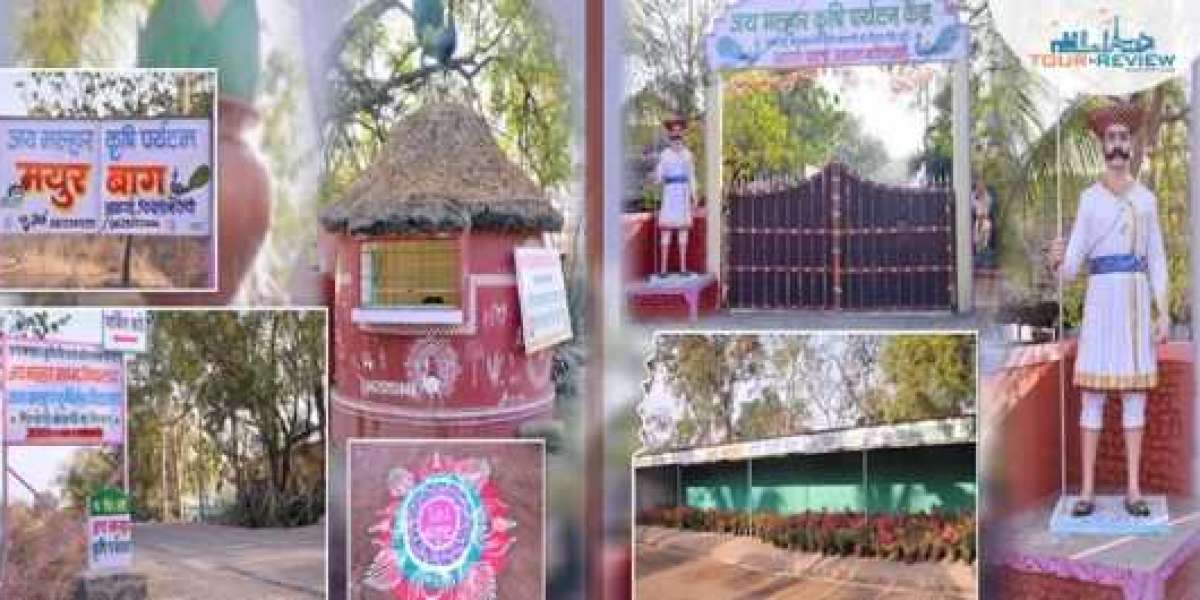Nestled high above the bustling hill station of Mussoorie, in the quieter, colonial-era enclave of Landour, lies a place of unparalleled natural splendour: the Lal Tibba scenic point. This site is not just a destination; it is an experience, offering some of the most commanding and breathtaking panoramic vistas of the mighty Himalayan ranges in the entire region. Literally translating to "Red Hill," the name Lal Tibba scenic point is said to be derived from the crimson glow that bathes its slopes during the spectacular sunrises and sunsets, painting the snow-capped peaks in hues of gold and rose.
The Pinnacle of Mussoorie
The Lal Tibba scenic point proudly holds the distinction of being the highest point in Mussoorie, standing at an impressive altitude of approximately 2,275 meters (7,464 feet) above sea level. This lofty elevation is the secret to its sweeping views. From this vantage, the world seems to stretch out endlessly, encompassing both the immediate, pine-scented Deodar forests and the distant, majestic, snow-laden peaks of the Greater Himalayas.
Historically known as Depot Hill, the area's strategic location was recognized by the British Raj, who used it as a convalescent and military station, contributing to the distinct, old-world charm that still permeates Landour. The air here is crisp, clean, and carries a quietude that contrasts sharply with the commercial activity of Mussoorie's Mall Road, making the Lal Tibba scenic point a perfect sanctuary for contemplation and peace.
A Window to the Himalayas
The primary magnet for visitors to the Lal Tibba scenic point is the unforgettable sight of the Himalayan giants. On a clear day, the view from the viewing tower is a geography lesson come to life. Through the powerful, permanently installed Japanese telescopes, visitors can spot some of the most revered peaks in the Indian Himalayas, including:
Kedarnath Peak: Towering majestically in the distance.
Badrinath Peak (Nilkantha): A significant pilgrimage site, clearly visible.
Banderpoonch (Bandar Punch) Range: A cluster of three prominent peaks that form an iconic backdrop.
Nanda Devi: India's second-highest mountain, which can occasionally be glimpsed on days of exceptional clarity.
The telescope viewing, often managed by local entrepreneurs, allows for a close-up, dramatic appreciation of the sheer scale and untamed beauty of the mountains—an experience that turns a mere viewpoint into a living panorama. The unobstructed view over the Landour valley, the Doon Valley, and the distant Siwalik Hills only adds layers to the experience, cementing its reputation as a must-visit.
The Ritual of Sunrise and Sunset
The sheer height and eastern orientation of the Lal Tibba scenic point make it an unparalleled location for witnessing the celestial drama of sunrise and sunset.
Sunrise: For the early riser, the trek or drive to the summit before dawn is richly rewarded. As the sun’s first rays crest the peaks, they ignite the snow into a brilliant, fiery orange and red, validating the "Red Hill" moniker. This hour is often the quietest, offering the best chance for crystal-clear views before the midday haze sets in.
Sunset: The late afternoon brings a soft, golden light that gradually transitions into the deep, rich colours of dusk. The mountains silhouette themselves dramatically against the darkening sky, providing a completely different, yet equally mesmerizing, photographic opportunity.
Many visitors come to the Lal Tibba scenic point just to participate in this daily ritual, finding the clear, cool air and the expansive silence deeply restorative.
Beyond the View: The Landour Charm
The journey to the Lal Tibba scenic point is as charming as the destination itself. It is located within Landour, an area steeped in colonial history and literary heritage. The winding, tree-lined roads are perfect for a quiet nature walk or a gentle hike. The area is significantly less commercialized than Mussoorie, allowing for a genuine appreciation of its rustic, old-school hill station feel.
Close to the viewing tower is Char Dukan, a cluster of four quaint, historic shops that have become a legendary stop for tourists and locals alike. They serve simple, delicious fare—pancakes, Maggi noodles, and warm cups of tea or coffee—providing the perfect comfort food while enjoying the cool mountain climate. Walking from Char Dukan to Lal Tibba scenic point is an easy and enjoyable pilgrimage past colonial bungalows, old churches, and the quiet beauty that has drawn famous residents like author Ruskin Bond to the area for decades.
The timeless architecture of the old British-era buildings, interspersed with the dense Deodar and pine forests, provides a beautiful contrast to the raw, rugged mountains in the distance. The entire region around the Lal Tibba scenic point is an open-air museum of natural and colonial history, inviting visitors to slow down, explore the quiet lanes, and breathe in the tranquil atmosphere. A visit here is a step back in time, an essential part of the complete Mussoorie-Landour experience, and a moment that will forever define the majesty of the Himalayas in your memory.








